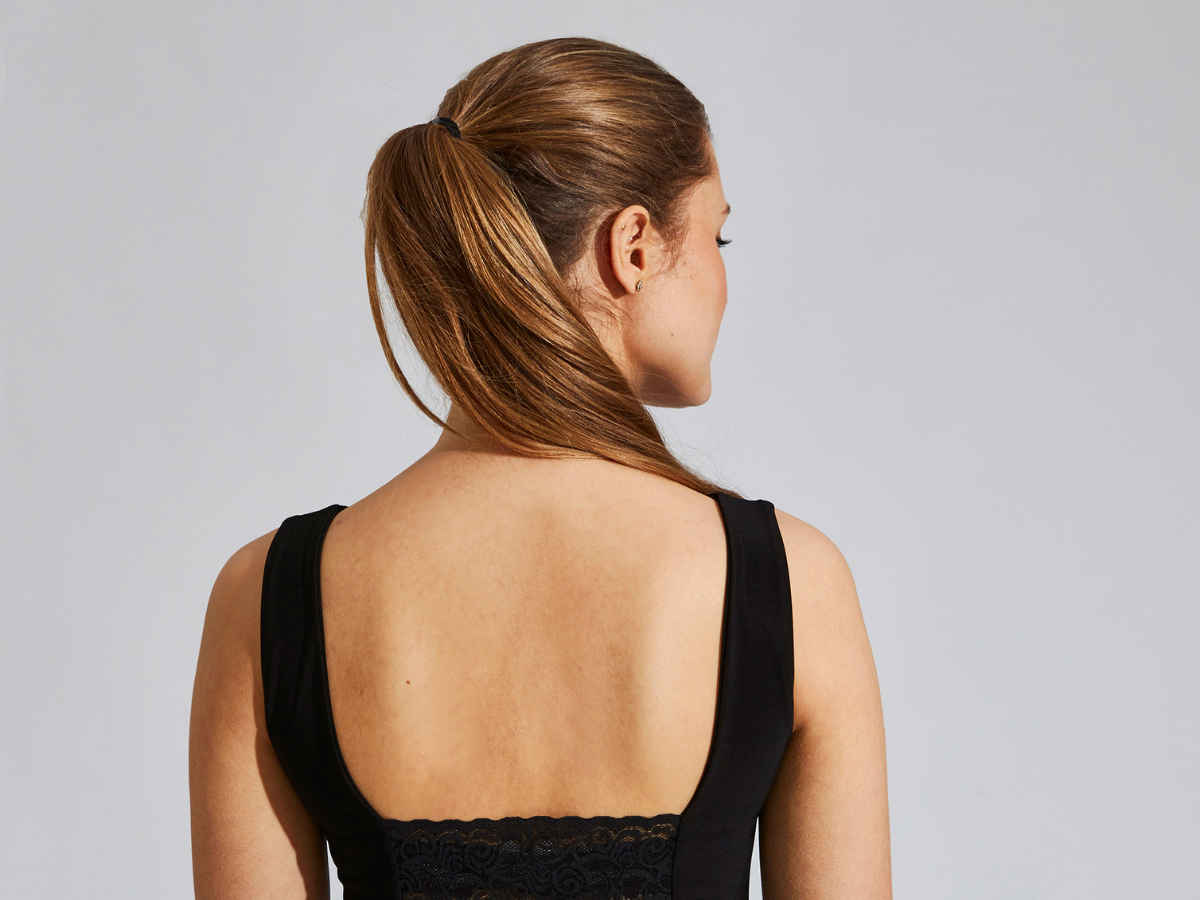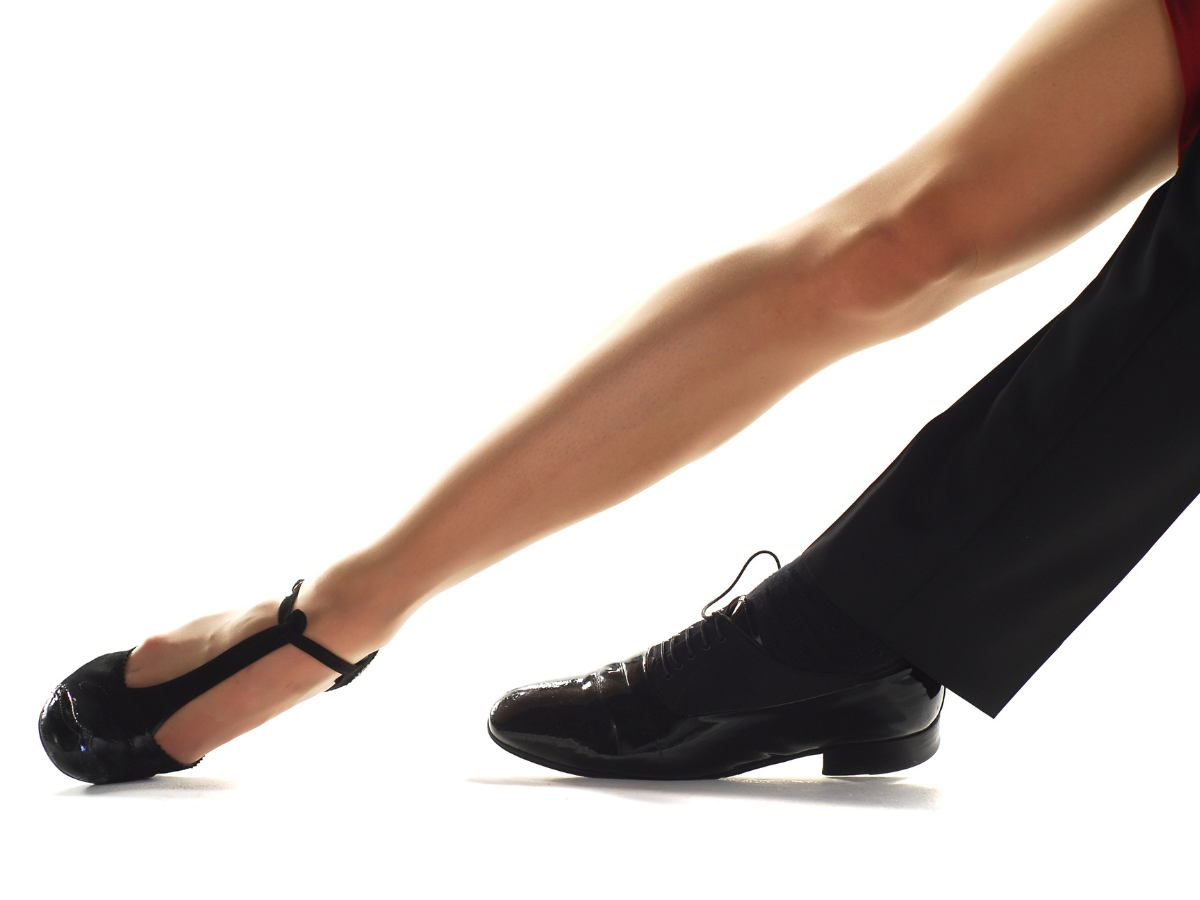
History of Fashion Surrounding Tango Dresses
The history of Tango dancewear is quite fascinating. Originally, Tango made its first appearance in Buenos Aires before it became an international dance form. The growing popularity of this dance can be attributed to the middle and upper class that exported this dance to other parts of the globe. Slowly, Tango became a dance form to reckon with in London, Paris, New York, and Berlin, amongst other major cities. More and more people grew curious about this form of dance. Dancers began to master this form of art and Tango dance competition grew in popularity. With the passage of time, Tango dresses have evolved a lot.
Although a lot heavier in the initial phase, the Tango dress became much lighter in the 1910’s. Satin was the preferred material as it was smooth, took the body shape and allowed free movement of the legs. Tango dancers could not get enough of satin and soon Tango dancewear made out of satin flooded the market. Three years into this “Tango satin dress” phase, the dress underwent another change. It grew shorter in length and was raised to the mid-shin level with transparent panels. This style was referred by the designers as “Tango visite”. Although many assumed that dresses and skirts were shortened to enhance better movement of the legs, in reality, the change of length was due to the shortage of satin during that period.
The Argentine Tango dress had such a huge impact on everyday fashion sense and sensibility that soon the corsets worn during Tango competitions found its way in everyday clothing. The corsets allowed better upper body movement while giving the body a definite shape. This was really reflective of the fashion of that era when long, loose skirts with a tight waistline gave Tango dancewear a more rebellious look and finish. With the onset of the Great depression, the dance community was badly affected. Tango was also not spared either. The number of people taking part in dance competitions decreased significantly. By the time, it was 1950; rock and roll had taken over the top slot pushing Tango into the backburners. As such the growth and development of Tango fashion was hindered, at least for a few decades.
In the international front, the Tango dress made a significant comeback in the late 1980’s and beginning of 1990’s. By this time, Tango clothing began to be categorized in two different segments – one being very much like the traditional outfits while the second one was hugely influenced by the modern aspects of life, something along the lines of “Tango escenario”. Women wore long dresses with thigh-high slits while the men wore shiny suits. Red and black became the two prominent colors used in Tango dancewear. Whether it was the stage or film sets, these two colors were the chosen ones as far as Tango was concerned.
The fashion has more or less remained the same in the 21st century. The only difference being the introduction of Aztec prints, floral designs, and even digital prints. In other words, dancers are becoming more experimental with respect to the design and style. In the coming years we will get to see how the fashion of Tango dancewear changes.


